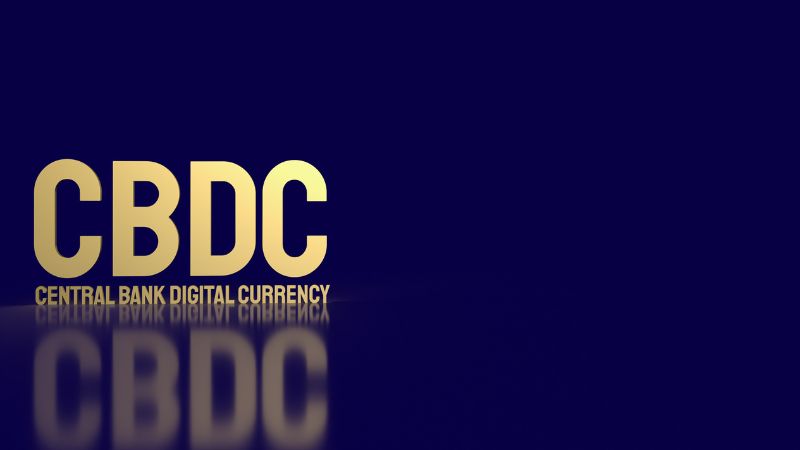Potential U.S. Central Bank Digital Currency System - What Plan Sponsors Should Know
Potential U.S. Central Bank Digital Currency System - What Plan Sponsors Should Know
The United States is exploring the idea of a digital dollar, which is a digital asset backed by a country’s government and created by its central bank. A digital dollar has potential benefits, such as speeding up payment processing and spurring further innovation, as well as drawbacks, including potential security risks. Plan sponsors should understand the concept of a digital dollar and its benefits and risks, so they are prepared if and when the United States and other countries decide to adopt one.
In the last section of the White House’s Comprehensive Framework for Responsible Development of Digital Assets, the Biden Administration tasked the Federal Reserve to put more resources toward its research in advancing a Central Bank Digital Currency (CBDC) or digital dollar. While the United States hasn’t decided whether it will establish a CBDC, the Executive Order certainly recognizes the potential for it to become part of our economy.
Here, we will review the White House policy objectives for a potential digital dollar as well as the benefits, risks, and takeaways for plan sponsors.
Objectives include ensuring a more transparent financial system
In considering the move to a digital dollar, the White House’s policy objectives stressed the importance of additional research to ensure a potential U.S. digital currency system supports the following goals:
- Benefit and curb risk for consumers, investors, and businesses
- Promote economic growth and financial stability and ease systemic risk
- Improve payment systems
- Ensure a transparent, more connected global financial system with the ability to interact with other platforms
- Expand financial access and inclusion
- Promote national security
- Respect democratic values and human rights
- Promote an environmentally sustainable system and protect financial privacy
The White House has encouraged the U.S. Federal Reserve to experiment with systems to see whether it can successfully support these objectives. Already, the Federal Reserve Bank of Boston has spearheaded Project Hamilton, an experiment that tests different ways to build a digital dollar’s processing systems. The goal is to complete 100,000 transactions in one second; by comparison, Visa can process 24,000 transactions per second and Bitcoin only processes seven transactions per second.
Pros and cons of a CBDC
Simply Google “Central Bank Digital Currency,” and many advertisements, papers, and other materials will pop up—often with the intention of promoting the idea. On the positive side, a digital dollar could help create a more efficient payment system, serve as a catalyst for further technical innovation, improve the efficiency of global transactions, increase access to consumers, and promote economic stability.
Naysayers, including some Federal Reserve Bank Chairs, are highly skeptical of a digital dollar. In an October speech, Federal Reserve Board Governor Christopher Waller said there isn’t a compelling need to create a digital dollar. Aside from the security risks the digital dollar poses, Waller said the U.S. dollar is already the most prevalent global currency and is highly used as reserves in foreign countries and in international trade; the risks that a digital dollar poses might harm, not help the U.S. dollar’s global dominance. He added that because CBDCs would make it easier for a country to monitor transactions, certain companies may be less inclined to use that currency.
Insight: CBDC is a long-term research project, but plan sponsors should pay attention now
While the United States is a dominant force in the global economy, it lags behind other countries when it comes to developing a CBDC. More than two dozen countries, led by China, have already launched either a pilot or actual government-backed digital dollar, according to the Atlantic Council. Experts have speculated whether the United States will be pressured to create a digital dollar to keep up with other G20 countries that are using a CBDC.
A next-generation payment system may take years to develop and implement. The government will be seeking public-private partnerships to help with pilot programs for a digital dollar. Plan sponsors’ commercial banks and other service providers may play a role in this stage of possible adoption. Plan sponsors should consider having discussions with service providers to understand how these developments will affect them.

